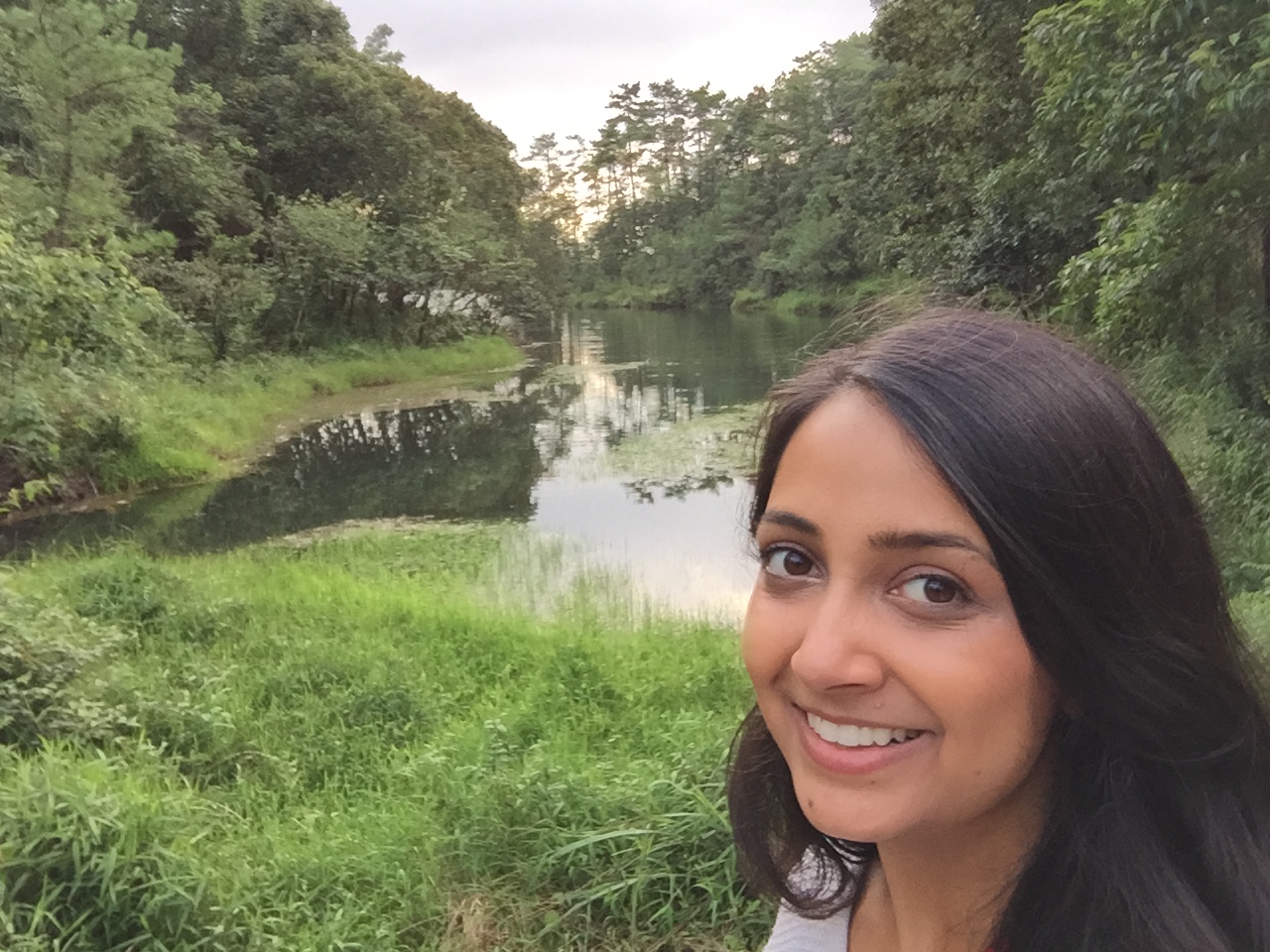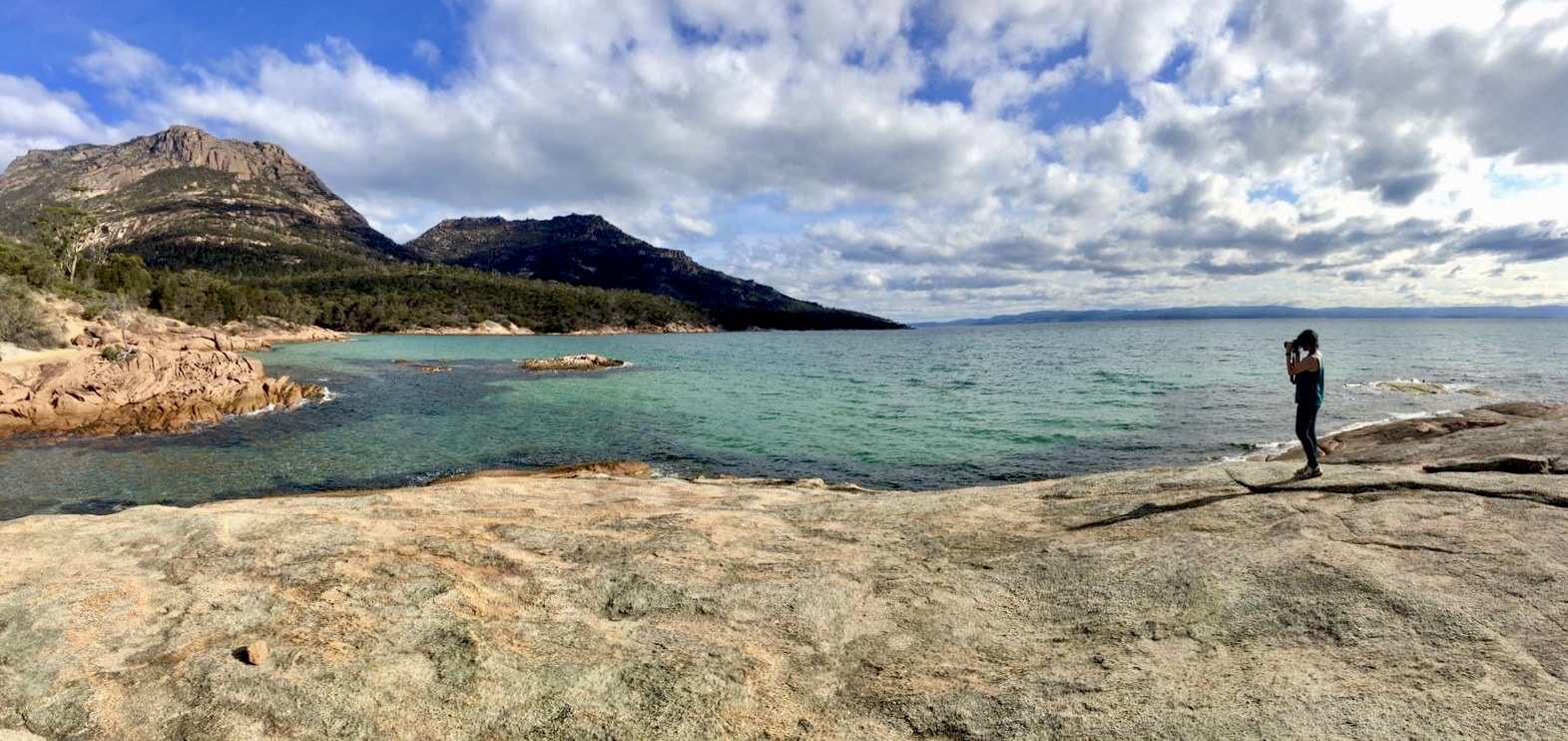“Is it okay to wear shorts in Calicut?” I recently typed into Google. I was already at my destination in the southern Indian state of Kerala and the weather—86 Fahrenheit—called for linens, shorts, and Birkenstocks. None of the women I’d encountered in the city so far, however, seemed like the shorts-wearing type. The several forums I’d studied said “Not really,” “maybe,” and “as long as they’re not too short, but expect a few stares.”
I’ve been traveling solo since I was eighteen. I’ve moved to three different countries alone and was raised as a third-culture kid (the UAE, Singapore, India) by parents who believed travel was the best teacher. But regardless of where I go, in the weeks leading up to a trip, my search history is a mixture of anxiety, excitement and all the advice other female travelers on Reddit have to offer.
There are levels of stepping outside your comfort zone that come with being a traveler—from the hosteler and the camper to the luxury tourist and the glamper. Being a solo traveler is an experience in and of itself, but it’s also many experiences (depending on which of the former categories you fall into). Being a woman, however, adds an extra dimension to the equation.
Being a solo traveler is an experience in and of itself … Being a woman, however, adds an extra dimension to the equation.
The spontaneity men are afforded as solo travelers is often lost on women. While it varies by place, race, money, and a multitude of factors, women tend to be more apprehensive traveling alone largely because solo travel is a gendered issue in itself. The question of “safety” (specifically as it relates to women) is called to our attention frequently when the news covers a tragedy involving a woman traveler. “It’s a common misconception—latched onto by the media—that it’s inherently dangerous to travel solo if you are a woman,” notes travel blogger Amanda Williams.

Ironically, Google “solo travel” and you’ll see hundreds of images of women, alone, looking into the distance at beautiful landscapes—and just a handful of men.
Yet, it’s an incredibly unfortunate reality that I’ll likely never be able to hop into a car and road trip through India like my guy friends; I can’t show up in a small town in Bihar in the wee hours of the night and ask for the nearest inn because my phone is dead. Because Bihar is the least safe Indian state for women, with rising incidents of sexual violence. So I need to plan and book ahead.
No place is entirely safe, but some seem or feel less so than others. When I lived in Brisbane, friends would wish me well on trips to places like the Whitsundays (a tourist trap) but mutter words of caution on drives to Dalby (an isolated, small town in rural Australia, which wasn’t actually statistically unsafe but perhaps because I was driving there alone as a person of color.) When I lived in Finland, I never thought twice about what was deemed “safe” when I traveled. Perhaps unsurprisingly, the World Economic Forum’s 2019 “Travel and Tourism Competitiveness Report” ranks Finland as the safest country in the world.
It’s an incredibly unfortunate reality that I’ll likely never be able to hop into a car and road trip through India like my guy friends
There certainly isn’t consensus when it comes to the safest places for women to travel. According to the “2019 Women’s Danger Index” published by the Asher and Lyric travel safety blog—which considered homicide rates, cultural attitudes, sexual violence, discrimination and gender inequality among other metrics—South Africa and Brazil are the most dangerous countries for women. The Thomson Reuters Foundation’s “2018 World’s Most Dangerous Countries for Women” poll, meanwhile, ranks India as the most dangerous.
Since the 2012 Delhi gang rape, where a medical student was brutally raped aboard a moving bus by six men and left for dead in a ditch, I’ve felt my own understanding of female safety in India change. The media onslaught that followed that case resulted in travel advisories from several countries, many of which have been renewed in recent years due to other high-profile rape cases, including Hyderabad and Unnao.
Currently, the US advisory states that Indian authorities report rape as one of the fastest-growing crimes in India and asks women to exercise increased caution: “Violent crime, such as sexual assault, has occurred at tourist sites and in other locations.” The US advisory also asks women to avoid traveling alone and to remain aware of their surroundings at all times.
Since moving to Mumbai, and pursuing an independent journalism career, I’ve taken several solo trips through pockets of India. These trips have, thus far, always been rewarding. But every time I pack for a fresh trip, I can’t help but wonder what it must be like to have the same freedom as a man.




